If you want to fully develop a muscle, you must train it from all angles with a variety of set and rep schemes, incorporating both multi-joint and single-joint movements. You already know this—so why aren’t you applying it to your triceps training?
Think about it. You probably perform a range of exercises for your triceps—heavy close-grip bench presses, dips, triceps extensions, pressdowns, kickbacks. You vary the elbow angle, and maybe even switch up grip positions and orientations. But here’s the question: how often do you use a supinated grip for your triceps?
Chances are, not very often.
We commonly use pronated (palms down) or neutral grips, but supinated (palms up)? Rarely! And that’s a problem.
When training the elbow flexors (e.g., biceps), we use a variety of grip orientations—supinated, neutral, and pronated. But we don’t show the same love to the elbow extensors (triceps). That leads to muscular imbalances—not just in triceps development (especially the lateral head), but also in the surrounding musculature of the shoulder and elbow joints.
If your goal is to maximize triceps development and promote joint health, it’s smart to pair antagonistic movement patterns. For every supinated curl, there should be a supinated triceps movement to balance things out.
Here are two great ways to incorporate supinated triceps work into your training:
Reverse-Grip Cable Pressdown
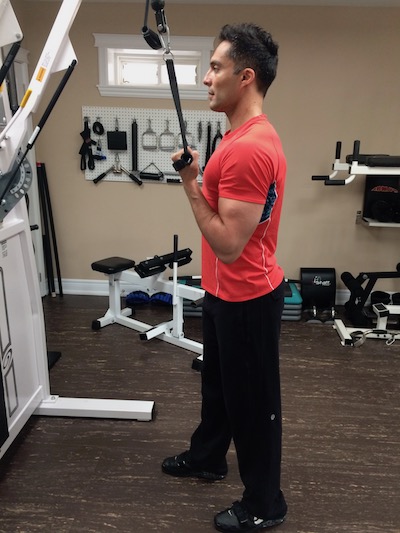
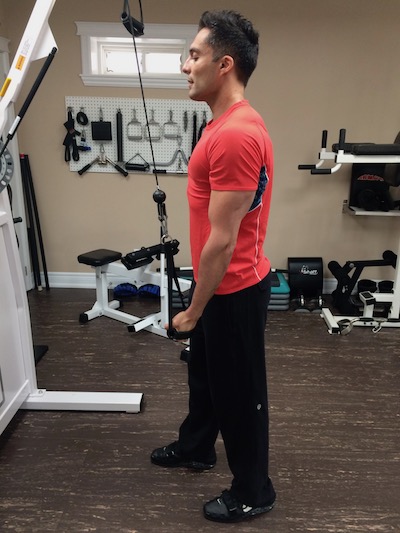
- Setup: Use a stirrup handle if available—it reduces grip involvement and places more emphasis on the triceps. Take a staggered stance (right foot forward when training the left arm, and vice versa).
- Execution: Grab the handle with a palms-up grip. Extend the elbow fully, pause briefly at the bottom, then return to the start under control. Keep your elbow pinned to your side throughout the movement.
- Prescription: Use a moderately-heavy weight for 10–15 reps.

Tip: A stirrup handle with hand support can help target the triceps by minimizing grip fatigue.
Supinated Dumbbell Kickback
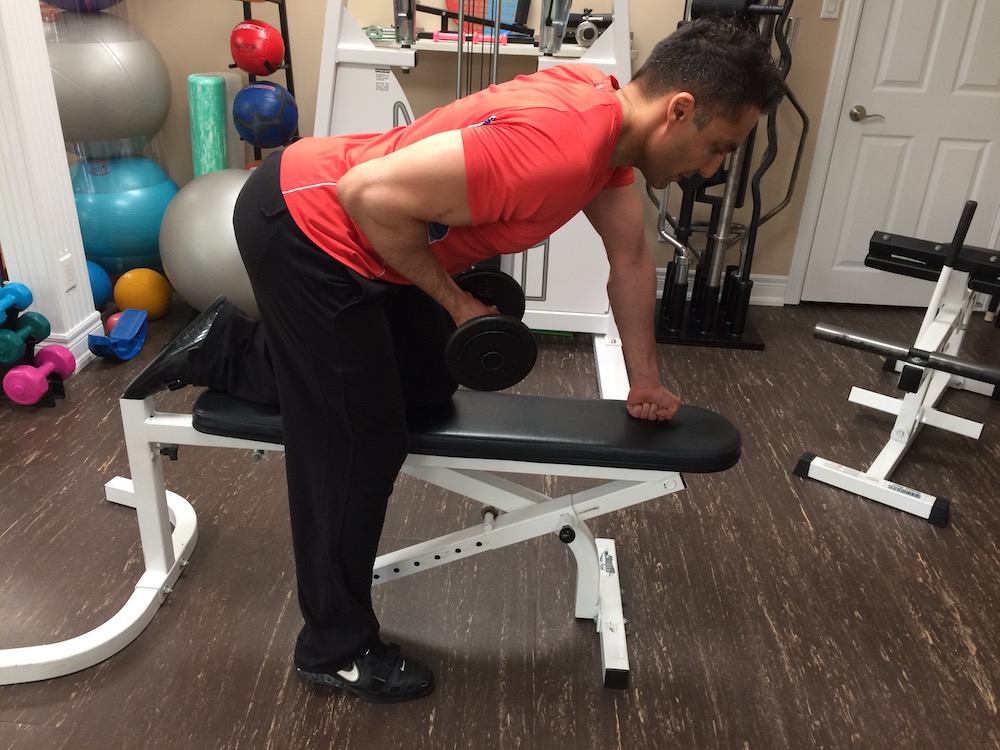

- Setup: Position yourself on a bench as if you’re performing a one-arm row. Keep the elbow tucked close and raised high.
- Execution: Use a supinated grip (thumb pointing away from your body) and extend the elbow until it locks out. Pause at the top, then return to the start. Only the forearm should move—nothing else!
- Prescription: Go a bit lighter here. Aim for 15–20 reps.
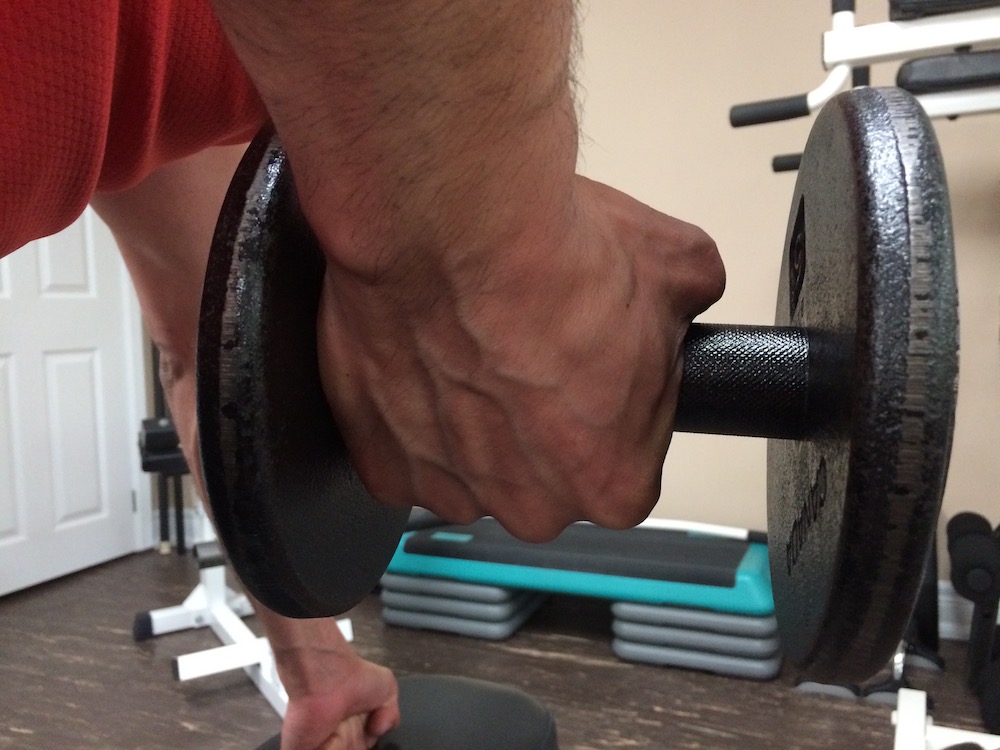
Tip: Use an offset grip on the dumbbell to emphasize the lateral head of the triceps.
Bottom Line
If you’re not including supinated triceps movements, you’re leaving gains on the table and potentially creating imbalances that can lead to injury. Add reverse-grip pressdowns and supinated dumbbell kickbacks to your triceps arsenal for complete, balanced muscle development.

Standing Band Pressdowns: The Joint-Friendly Triceps Builder
If you want bigger, stronger arms but struggle with elbow pain or can’t seem to get the right triceps activation

Target Your Rear Delts Like Never Before
If you’ve struggled to feel your rear delts working—or to fill in that rear delt gap—this variation of the bent-over
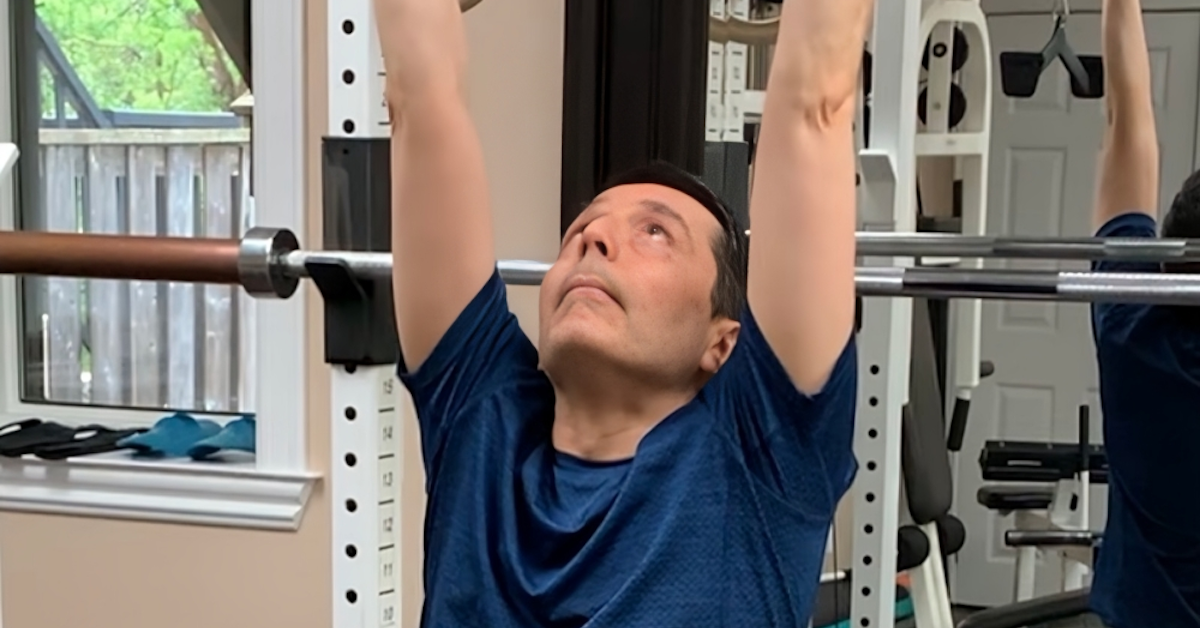
Leo’s Chin-Up Journey (Day 1): From Zero to Hero
Can’t Do a Chin-Up? Neither Could Leo… But That’s About to Change. Leo started training with me back in September.
follow
Error: No feed with the ID 2 found.
Please go to the Instagram Feed settings page to create a feed.
